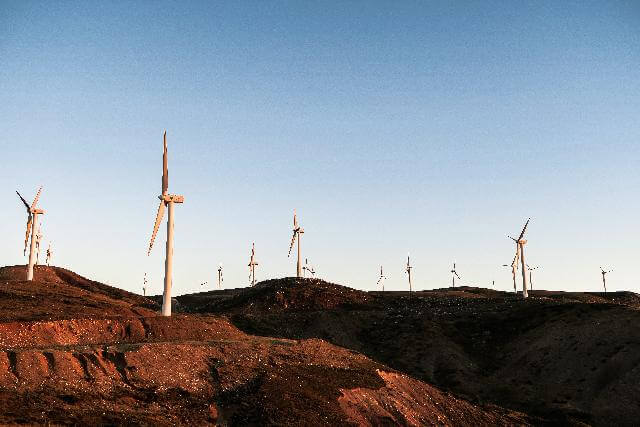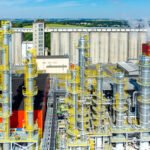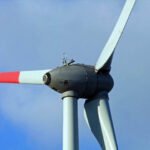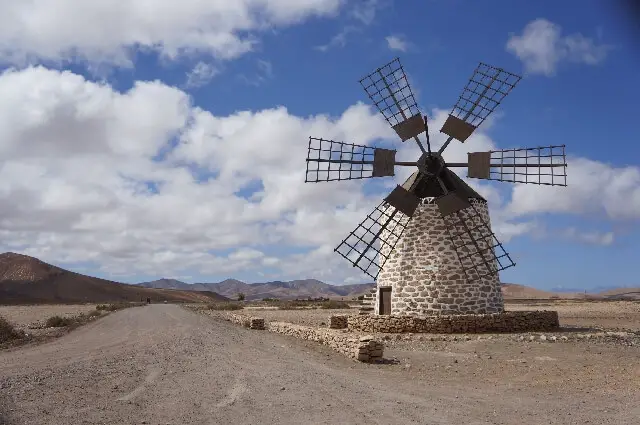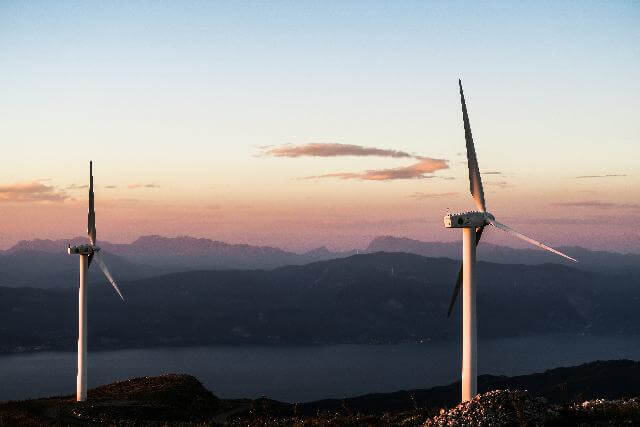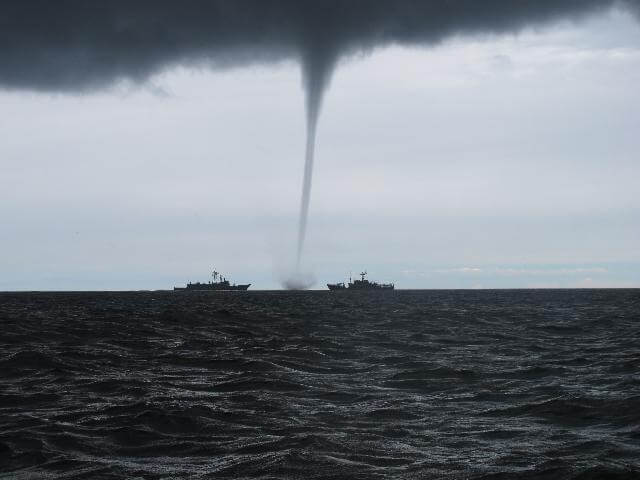It is a safe assumption that the planet will undergo ever-increasing climate changes without the integration of green power.
As Earth’s temperature rises, the impacts will show ever more clearly on the surface.
Why aren’t we all using green power then?
Moreover, It’s always windy somewhere, why not wind power?
The allure of an unlimited, low consequence, and greenhouse gas-free energy source almost seems too good to be true.
And it might be.
The circulating concerns of Wind Turbines:
Lack of wind consistency
Humans are well accustomed to flipping a switch and “hey presto!” light appearing.
Immediate and on-demand power requests are the central points in the arguments against the viability of wind power.
You cannot force the wind; it will not blow at your will.
Wind energy is, as such, defined as an intermittent energy source.
Meaning, as Reed Millar of Stanford University put it,
“The inflexibility, variability, and relative unpredictability of wind power as a means for electricity production are the most obvious barriers to an easy integration and widespread application of wind power.”
Without the development of much stronger batteries than the ones we have today, it is unlikely that intermittent wind power will be resolved.
Location difficulties
Wind farms need a great deal of flat ground to sustain their operations.
And, quite often, this flat, open ground so perfect for wind power is found far away from the cities it hopes to service.
This problem affects the viability of wind power in two ways:
- Building infrastructure to deliver power to cities (like pylons) is expensive, raising the overall price of wind energy.
- Building infrastructure impacts the surrounding environment to the farm, taking wind energy further away from its sustainability goals.
Beyond this, that same flat, often arable, land could be used for more lucrative endeavors, like monoculture farming.
Cost of operations vs. conventional sites
Buildings cost money. Fact. A sad fact, but here we are.
The costs of building turbines and all related infrastructure supporting it.
The costs of training and employing staff to man the turbines.
The costs of generators or new batteries to store power.
These are all additional costs that wind turbines need to foot before they can even begin to compete with conventional power stations like coal. And even though the costs of wind turbines have decreased over time, they are still significant.
Impacts on the environment
Wind turbines littered across the horizon may be a visual representation of progress and innovation for some but an utter eyesore for others.
There are arguments that wind farms’ aesthetic and noise pollution are comparable to the pollution caused by coal power plants.
And while this is probably not the case, a case must be made for the birds.
The turbines create physical barriers and dangerous obstacles for birds and bats and have an additive effect on the population decline of these species.
Those researching the types and amounts of birds caught up in wind turbine incidents better understand the impacts of these mighty spinning blades.
There are also concerns over the humming sounds of wind turbines and their effects on the migratory paths of terrestrial animals. However, the implementation of conventional energy power stations would do the same.
Social concerns
Jobs.
We all need one, at least.
People working in the energy sectors fear what renewable energy means for their livelihoods.
Clean energy that no one can afford to use is not the answer that the world needs.
Reskilling workers is the key to these concerns and the dangers of obsoletism in the energy industry. Wind power, in fact, holds the potential for many new and exciting jobs in the future that may only now be in their infancy.
But education is the lifeblood here.
To round it off:
Wind Farms cannot be a stand-alone solution to the problem of fossil fuel consumption and climate change.
What is the solution, then?
There are four:
- Creating better transmission lines
- Adapting human demand for power
- Battery innovations
- Diversification
Wind power as part of a more significant network of ecologically positive innovations and electrical grids shows real promise for success.
Many alternative sources of renewable energy, working together to supply the needs of grids worldwide, powerful batteries holding ever more energy, and humanity working to limit their energetic greed is the answer.
It takes all of us together.
